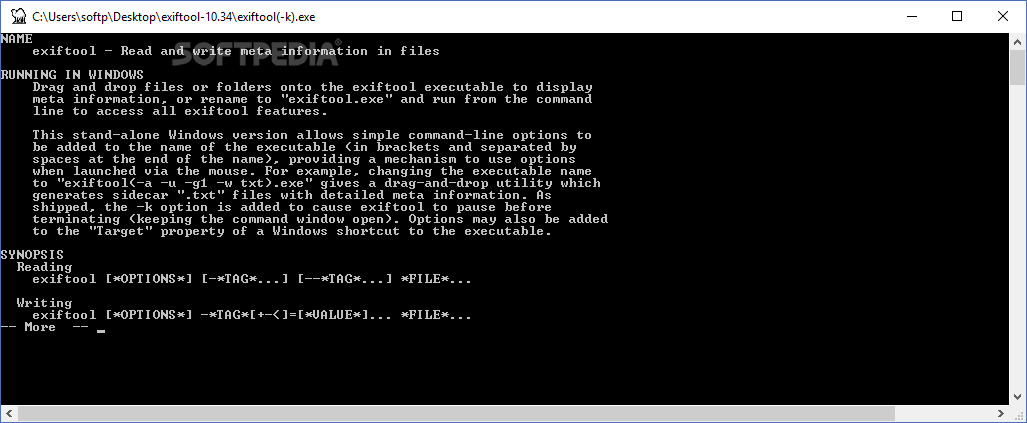

If you have installed ExifTool anywhere else you will need to install the configuration file in the appropriate place. Sudo mv /Users/Chris/Desktop/ExifTool_config /usr/bin/.ExifTool_config ExifTool_config (note the leading period!). The downloaded file needs to be installed in the same folder as exiftool which if you installed it using the binary installer will be usr/bin. # new PNG tags are added to the PNG::TextualData table: # The %Image::ExifTool::UserDefined hash defines new tags to be added This new configuration file will allow you to add metadata for SMILES, molfile and sdf to PNG files. The part of the file that adds the tags is shown below. To save you time you can just download the file here. The file and full instructions can be downloaded from the ExifTool website but you need to download the source not the MacOSX binary. To allow the addition of custom tags you need to edit and install the exiftool configuration file. ExifTool is a platform-independent Perl library plus a command-line application for reading, writing and editing meta information in images. This script again relies on the excellent ExifTool by Phil Harvey (). In the previous tutorial (Applescript Tutorial 8) I showed how to use applescript to extract the information from the PNG file and then display the structure in a couple of chemical display packages in an editable form.Ī couple of people have asked for a tool to embed metadata into images and this script shows how to add SMILES string to a PNG file using ChemBioDraw. As we move to a more web-centric view of the world it is apparent that much of research information will be only available via the web, whilst images of chemical structures are usually adequate for a human viewer the chemical structure cannot be indexed and subsequently searched. Rich Apodaca has been discussing embedding molecular information in images of molecules, such as a PNG file depicting a 2D structure.


 0 kommentar(er)
0 kommentar(er)
